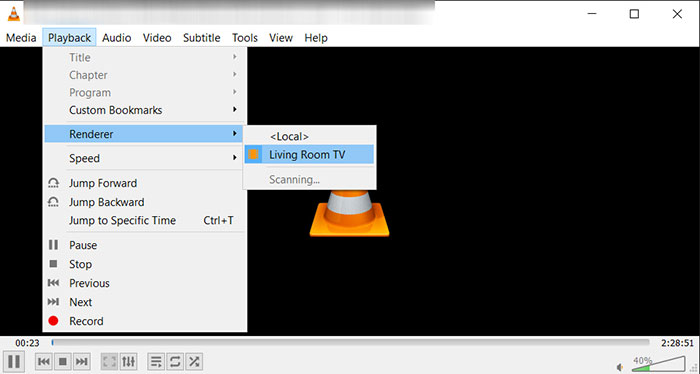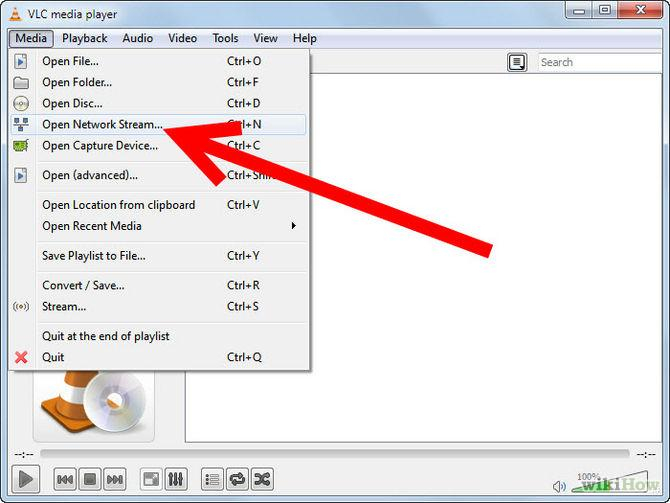

You can access all of your installed extensions from the View menu. Place the LUA files in this Windows directory: C:\Users\NAME\AppData\Roaming\vlc\lua\extensions folder.


Visit the VLC add-ons page and browse through what's available.These extensions are more "secret" features that can be added to the player, such as tools that will help you search for subtitles. They've created extensions, skins, playlist parsers, and other tools for users everywhere. Remember, VLC has a huge open-source community behind it.

If you're looking for enhanced functionality, there's an entire catalog of add-ons that you can install alongside the program. If the file that is skipping is playing from a local hard drive, look for the File Caching (ms) option. Click Input / Codecs in the left sidebar. Then, click All under the Show Settings option at the bottom of the window. VLC's default suite of features might be enough for everyday use. 1 Answer Sorted by: 37 You need to enable logging and set yourself the location and name of the log file: Open menu Tools > Preferences Set at the bottom 'Show settings' to 'All' Click on the left Advanced > Logger Check 'Log to file' and set the log file in 'Log filename' Click Save Restart VLC for it to have effect. First, open VLC’s preferences by going to Tools > Preferences. Add Features With VLC Add-Ons and VLC Extensions RELATED: How to Install Plex on Your Apple TVĪs an aside, if your primary use for VLC would be accessing your Plex Media Server, you may want to just install the free Plex Apple TV app for a more polished media center experience.Īlthough not seen in our screenshot above, VLC’s local network function also supports playback from local FTP servers.9. In the screenshot above, you can see how VLC has automatically discovered a few detectable file shares on our local network, including three machines with Windows (SMB) shares enabled, two machines with UPnP file sharing enabled, and one Plex Media Server (which also uses UPnP). Select the Media menu and select Open Network Stream. The local network view is the default view when you launch the VLC app. If you’ve set up file sharing on your local network, either through Windows network shares or by UPnP file discovery, then you can easily access files in those directories via the “Local Network” tab in VLC for Apple TV. RELATED: How to Turn Your Computer Into a DLNA Media Server Local Network Playback: Great For File Shares


 0 kommentar(er)
0 kommentar(er)
